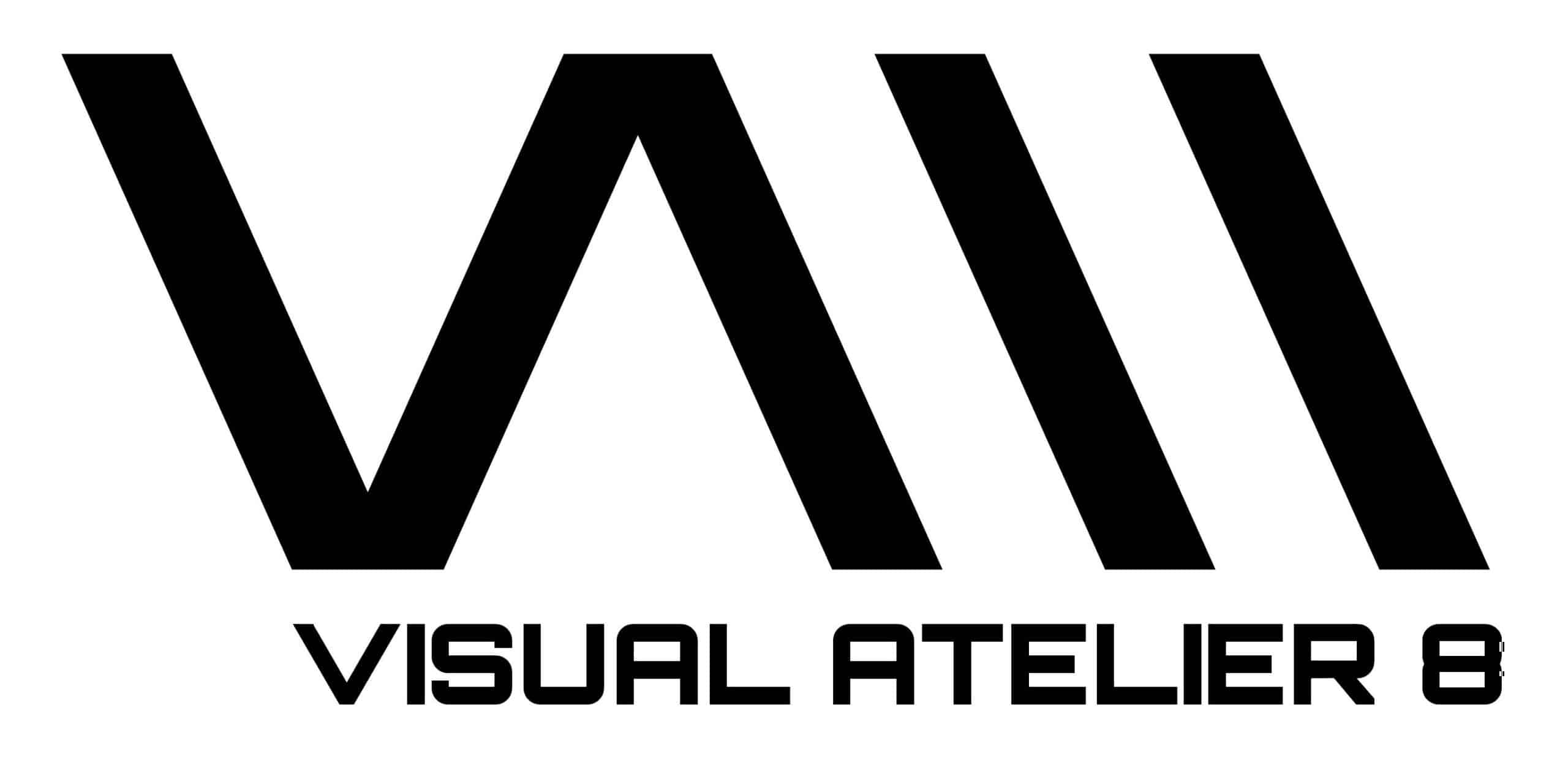
The fashion industry has always been a dynamic and ever-evolving space, constantly adapting to societal trends and technological advancements.
In recent years, two transformative forces, Artificial Intelligence (AI) and Web 3.0, have emerged as powerful tools reshaping the landscape of fashion. The amalgamation of AI and Web 3.0 is ushering in a new era of personalized experiences, sustainable practices, and enhanced creativity. In this article, we will explore the profound impact of these technologies on the future of fashion.
Personalized Fashion Experiences
With the rise of AI and Web 3.0, fashion is becoming increasingly personalized, allowing consumers to curate their own unique style. AI algorithms can analyze vast amounts of data, including individual preferences, style choices, and browsing history, to provide tailored recommendations. Whether it’s personalized fashion advice, virtual fitting rooms, or smart wardrobe management, AI-driven technologies enable consumers to discover and express their personal style with greater ease and precision.
Web 3.0 further enhances personalization by leveraging blockchain technology. Through decentralized platforms, consumers can securely store and control their fashion-related data, such as purchase history, garment specifications, and personal style preferences. This data can then be shared with brands, stylists, and AI algorithms, enabling them to provide personalized recommendations and services, while ensuring data privacy and ownership remain in the hands of the individual.
Sustainable Practices
AI and Web 3.0 are playing a crucial role in fostering sustainability within the fashion industry. AI-powered algorithms can optimize supply chains, reducing waste and carbon footprint by streamlining production processes and minimizing overstocking. Additionally, machine learning algorithms can analyze consumer behavior and trends, helping designers create more sustainable collections by predicting demand and minimizing material waste.
Web 3.0 and blockchain technology are enabling greater transparency and traceability in the fashion supply chain. Through decentralized ledgers, consumers can trace the origins of garments, ensuring ethical sourcing, fair trade practices, and sustainable manufacturing. Furthermore, blockchain-based systems can facilitate the circular economy by enabling garment resale, rental, and recycling, reducing the environmental impact of fashion.
Enhanced Creativity
AI and Web 3.0 are unleashing new dimensions of creativity in fashion. AI algorithms can generate designs, predict fashion trends, and assist designers in pushing boundaries. By analyzing vast amounts of data from social media, fashion shows, and historical trends, AI can provide valuable insights and inspirations to designers, empowering them to create innovative and avant-garde collections.
Web 3.0 introduces decentralized marketplaces and platforms that connect designers directly with consumers. This enables emerging designers to showcase their talent and gain exposure, bypassing traditional gatekeepers. Additionally, virtual reality (VR) and augmented reality (AR) technologies, coupled with AI, allow consumers to experience fashion in immersive and interactive ways. Virtual fashion shows, digital avatars, and virtual try-ons are just a few examples of the enhanced creativity and engagement made possible by these technologies.

